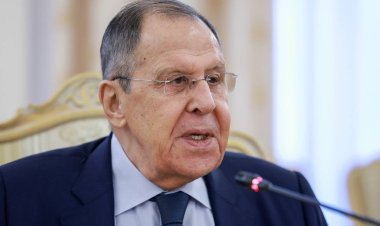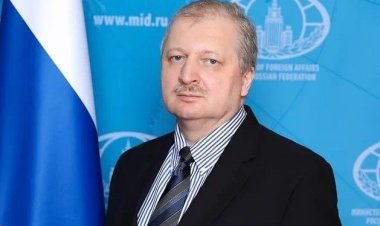Republic of China vs. People's Republic of China._ISHEJA

People's Republic of China vs. Republic of China: Understanding the Differences
Introduction
China and Taiwan, officially known as the People's Republic of China (PRC) and the Republic of China (ROC) respectively, are two separate states with a shared history. The relationship between these two entities has been a subject of debate and controversy for decades. In this article, I will delve into the background, political systems, socio-economic contrasts, and cultural aspects that differentiate the People's Republic of China from the Republic of China.
1. Background and History
The historical context is crucial to understanding the differences between the People's Republic of China and the Republic of China. The Republic of China was established in 1912 after the revolution of the Wuchang Uprising. Up until 1970, the ROC was recognized as the government of China by all other countries and the United Nations.
However, in 1971, the PRC replaced the ROC's representation, leading to the current situation.
2. Political and Governance Systems
The political landscape and governance structures play a significant role in distinguishing the PRC from the ROC. The PRC operates under a single-party system with nominal communism, while the ROC is a unitary, semi-presidential, constitutional republic with representative democracy. These stark differences in political systems have profound implications for the governance and decision-making processes in both regions.
3. Socio-Economic Contrasts
One of the most notable differences between the two entities lies in their population disparities. The PRC is the most populous country in the world, with a population exceeding 1.35 billion, while the population of the ROC stands at 23,445,534. This vast contrast in population has far-reaching implications on various socio-economic aspects.
Additionally, there are differences in GDP and other economic indicators. The PRC has emerged as the world's second-largest economy with remarkable industrial growth.
On the other hand, the ROC has also developed a strong and industrialized economy with a high standard of living. These differences contribute to varying socio-economic statuses and standards of living between the two regions.
4. Cultural and International Recognition
Cultural influences and international recognition are also crucial factors that differentiate the PRC and ROC. Both entities have distinct official languages; Mandarin is the official language of the PRC, while Mandarin and other dialects, including Taiwanese, are widely spoken in the ROC. These linguistic variations reflect the cultural diversity and influences in these regions.
Furthermore, international recognition and representation in global organizations differ for the PRC and the ROC. The PRC, as the successor to the ROC, holds China's seat in the United Nations and various international organizations. The ROC's representation is limited due to competing claims and complicated diplomatic relations. The continuous efforts to maintain cross-strait relations and achieve diplomatic recognition shape the dynamics between these two entities on the international stage.
End
In conclusion, the People's Republic of China and the Republic of China exhibit significant differences in terms of political systems, governance structures, socio-economic indicators, and international recognition. While the history and shared heritage between these two regions are undeniable, the evolution of political ideologies and complex geopolitical factors have led to the designation of these regions as separate entities.
Understanding the distinctions between the PRC and the ROC is crucial in comprehending the current state of affairs and the ongoing debates surrounding Taiwan's status. The differences in cultural, socio-economic, and political aspects contribute to the complexity of cross-strait relations and the quest for mutual understanding and peaceful coexistence.
As the global community navigates these intricate dynamics, it is essential to continue fostering dialogue, diplomatic efforts, and bridge-building initiatives to ensure stability, peace, and prosperity in the region.












